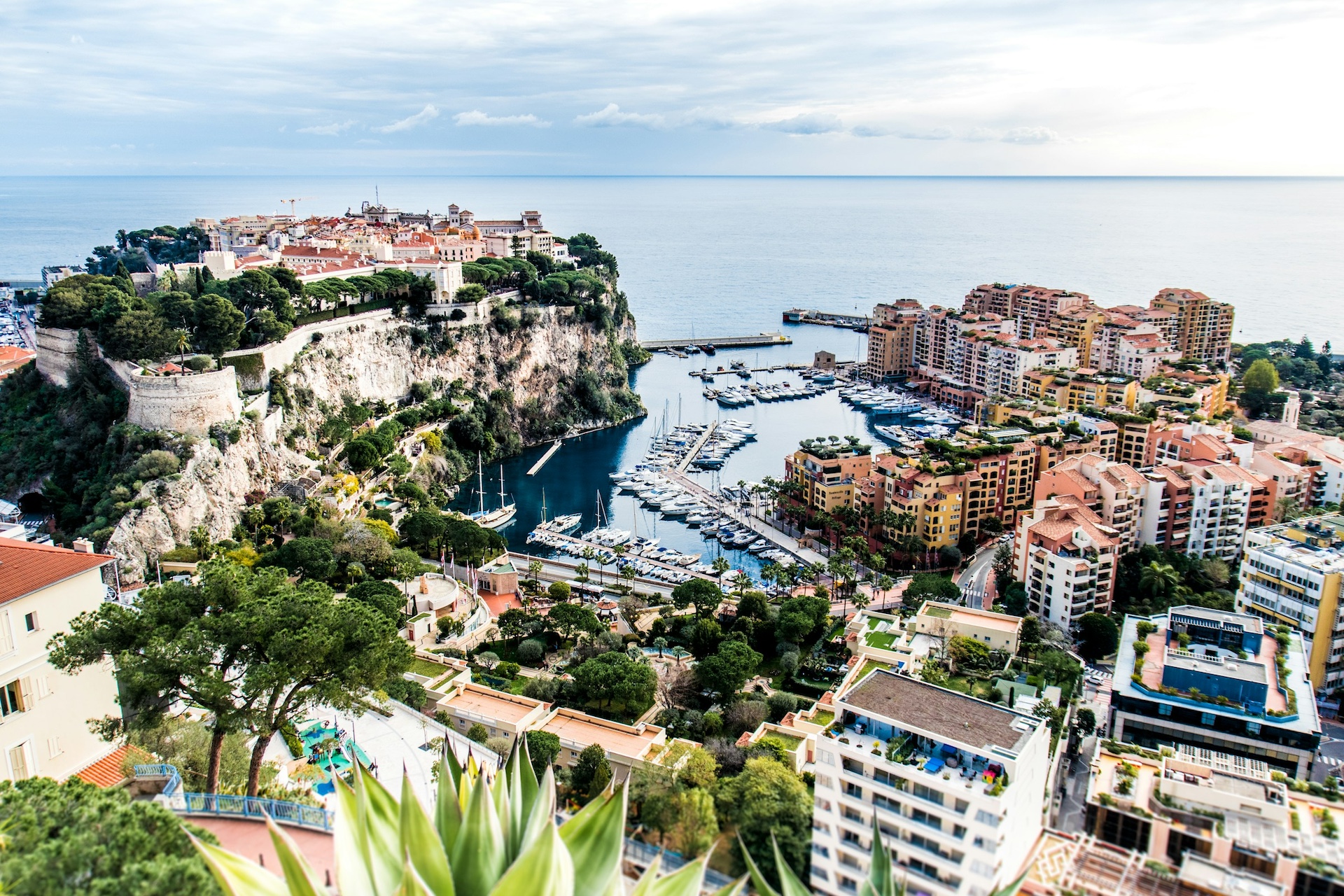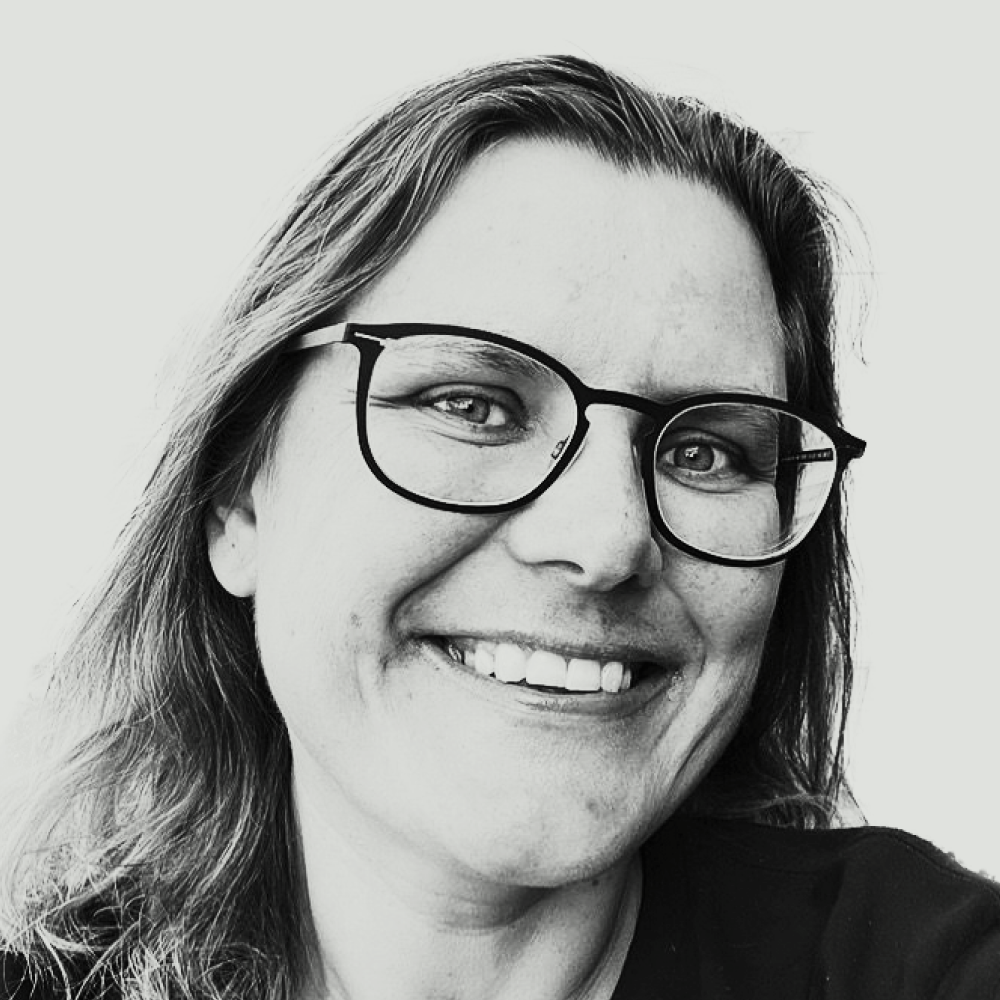For every stage of the 2024 Tour de France – men’s and women’s – José Been is bringing you stories about the history, castles, geology, culture, food, and people around the race. A bit of couleur locale while you enjoy lush fields of sunflowers, beautiful mountains, and pretty little villages, oh, and some bike racing too.
The final stage takes place from Monaco to Nice. No show parade on the Champs-Élysées this year but a time trial.
It’s always a good quiz question: What is the smallest independent state in the world? Most people know it’s Vatican City. Monaco is second on that list. It’s home to many pro cyclists and other top athletes who like the lifestyle, the proximity to good training roads, and the tax system.
Victor Langelotti and Antoine Berlin are riders actually from Monaco, like F1 pilot Charles Leclerc who finally won his home race this year. We won’t see Langelotti or Berlin in the Tour de France, however, because Berlin rides for the third-tier team Bike Aid, and although Langelotti rides for second-tier Burgos-BH, the Spanish team did not get a wildcard for the race. Maybe Charles Leclerc will come out to watch the race with half of his F1 friends who live here too.
It was in 2009 that the Tour de France last visited Monaco. The opening time trial was won by Fabian Cancellara. The second stage, starting in Monaco, was taken by Mark Cavendish.
The history of this microstate is old. Like most settlements on the Mediterranean coast, ancient seafaring nations settled here. The rock of Monaco was even inhabited before that but not permanently. The first permanent inhabitants were a Greek people called the Phocaeans from Massalia (modern-day Marseille). They founded the colony of Monoikos around 600 BCE. They dedicated it to Heracles – Hercules in Roman mythology – who they believed visited this place. The port in Monaco is still called Port Hercules.
Monaco remained under Roman control until the collapse of the Western Roman Empire in 476 CE. It then went from one people to the next. A strategic stronghold and a natural harbour along the Mediterranean coast were always quite popular territory in those centuries. In the process it was almost completely destroyed. The history books mention Monaco again at the end of the 12th century when the emperor of the Holy Roman Empire gave the small piece of land to the city of Genoa. In 1215 they started building a fortress on the rock.
The Grimaldi family from Genoa found refuge in Monaco from all the civil upheaval in their own city. In 1297 Francesco Grimaldi seized the rock and started the dynasty that still rules this small, independent country. Monaco’s sovereignty was recognized by the Franco-Monegasque Treaty of 1861 but not for long. The Italian army invaded in 1942 and the Germans in 1943, at the heavy toll of the Jewish population. It was liberated in 1944.
In 2002, a new treaty between France and Monaco clarified that if there are no heirs to carry on the Grimaldi dynasty, the principality will remain an independent nation, rather than be annexed by France. Monaco’s military defence, however, is still the responsibility of France.
That concludes 21 stages of the Tour de France. We started with a devil’s sigh in Florence. We went into historical places along the route, met famous people like Jeanne d’Arc, Charles De Gaulle, and Henri Desgranges. We commemorated Tour de France riders who are no longer with us, and we feasted on local food, wine, and cheeses.
These three weeks flew by. This was my fifth year doing these daily blogs and podcast entries and they are a highlight of my year. I learned so much researching these articles and enjoyed reading your reactions. I hope you enjoyed them as much as I did. I will be back for the Tour de France Femmes avec Zwift but first, a holiday. A bientôt!
Did we do a good job with this story?

